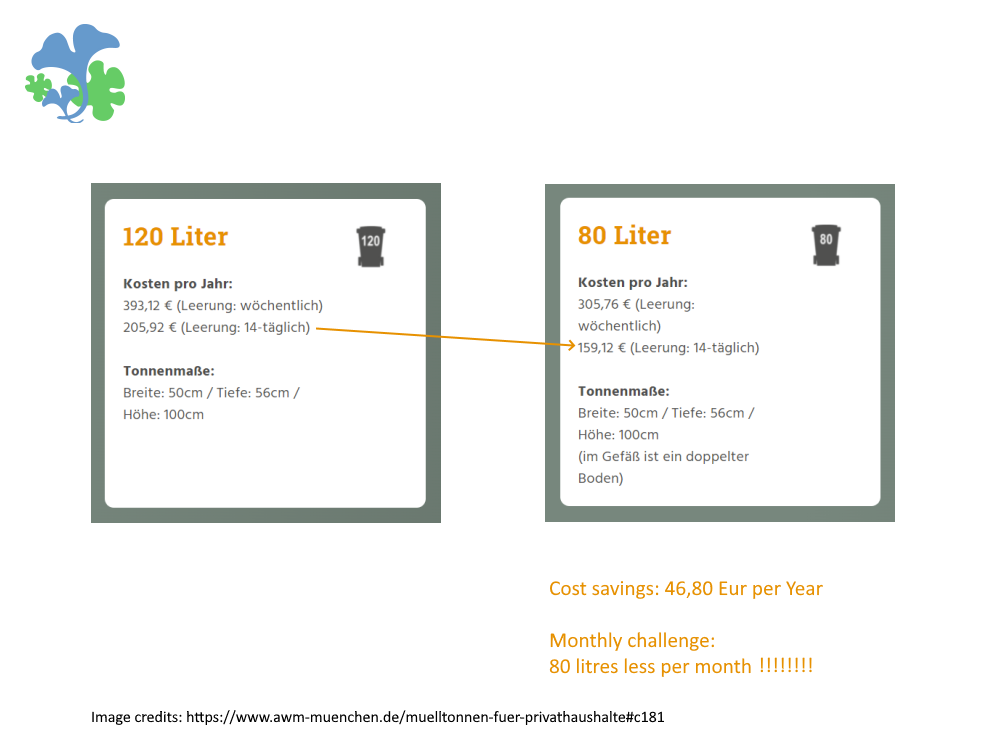
What happens when the flow of water in a river goes stagnant?
Algae builds up, Mosquitoes start breeding and it starts to smell bad!
Likewise in our teams what happens when the flow goes stagnant?
Waste builds up, Technical debt starts breeding and it starts to smell bad!
Three things we use in our teams to keep the flow going!
- Stop starting and start finishing – We often believe that being busy is the sign of an intelligent team member. But to the contrary a focused team member who starts and finishes a task at hand is much more valuable to the team goals.
- Limit work in progress – A lot of us believe that we are great at multitasking but we are not. If you want to test yourself try this experiment: Multitasking is Evil
- Satisfy reasonable Work Item Aging – Something like 1/3rd of 1/4th of your Sprint length is a reasonable WIA metric to follow. If a task needs more that 1/3rd of the Sprint length the team member is struggling to complete it and needs help.
How do keep the flow in your teams?

